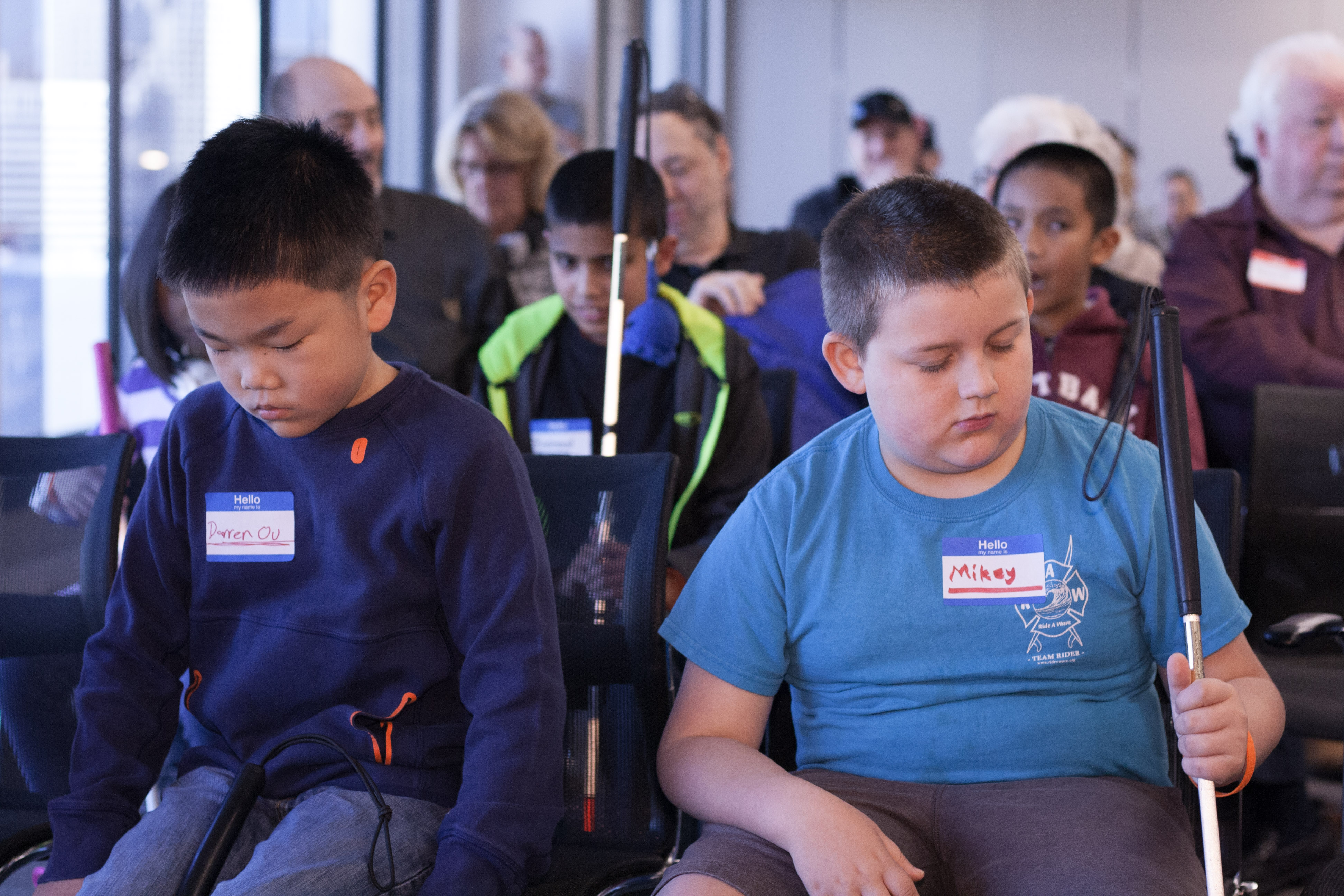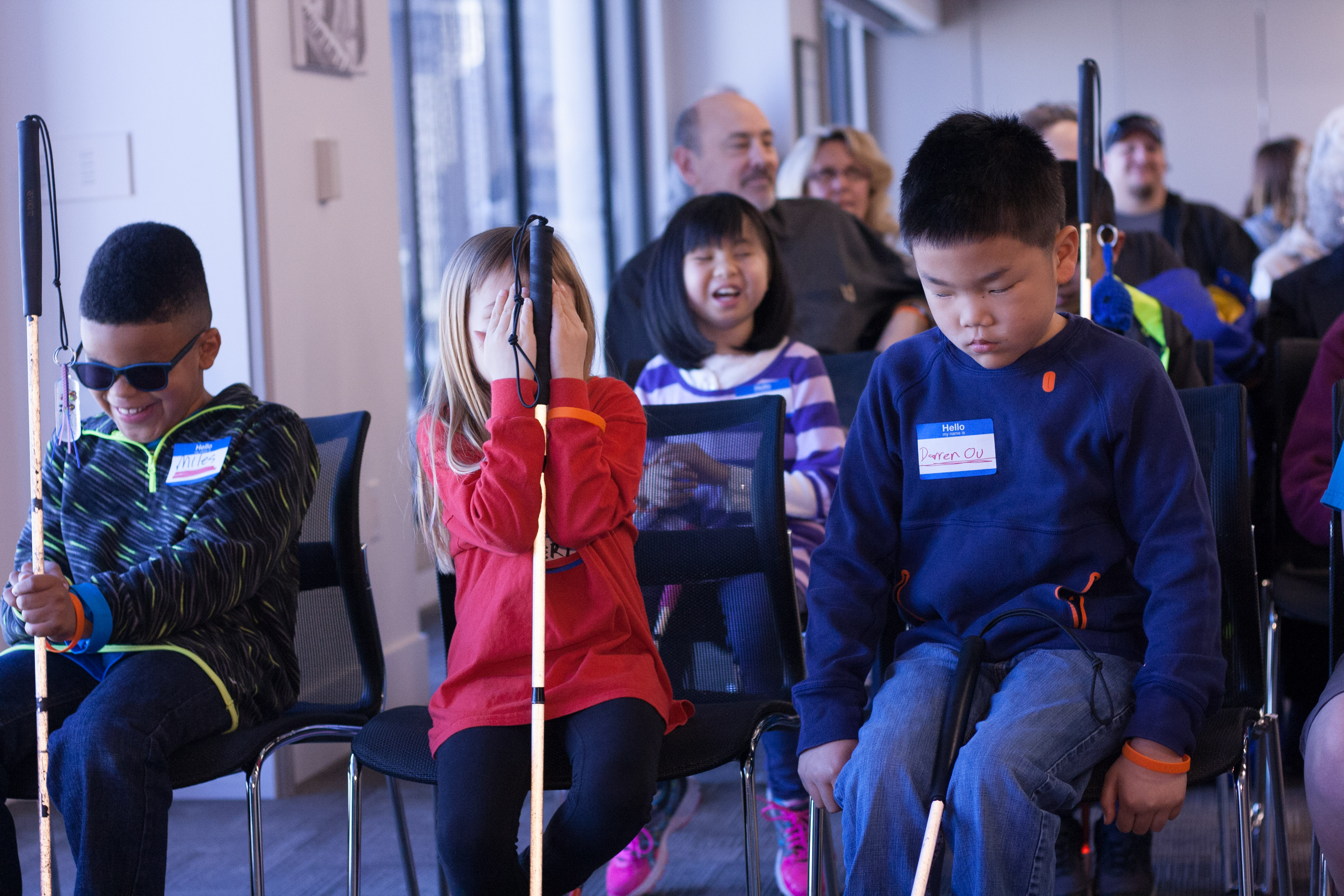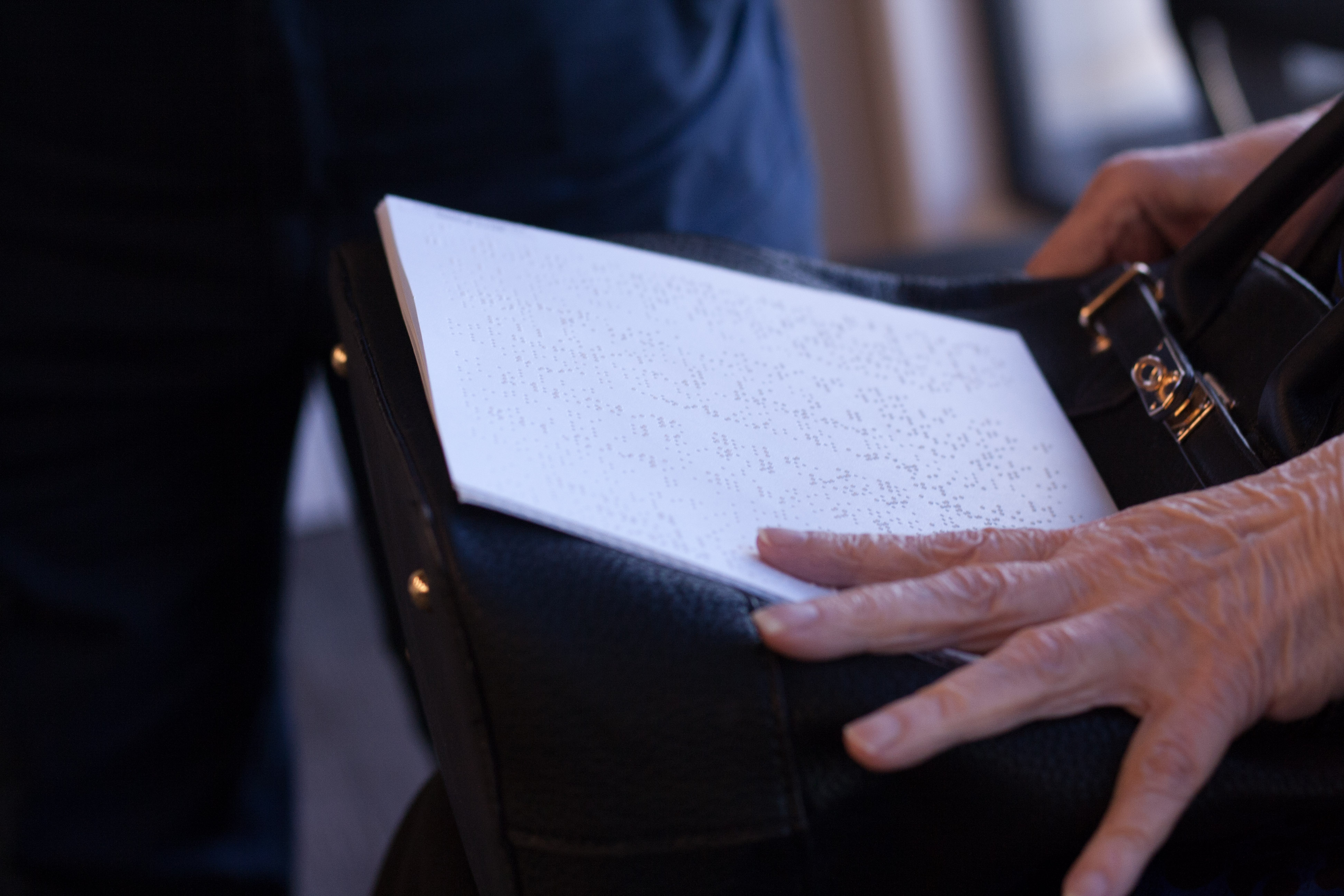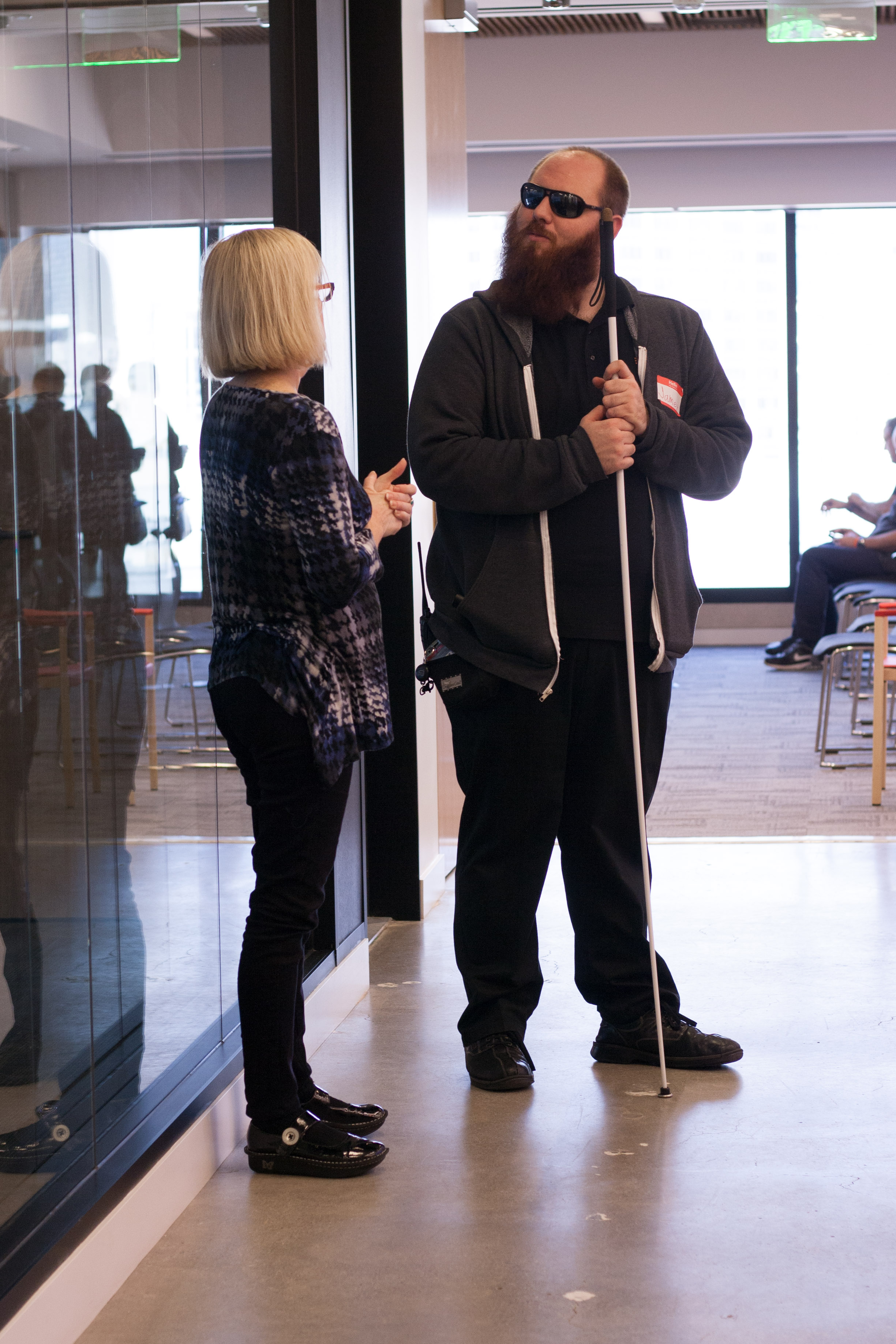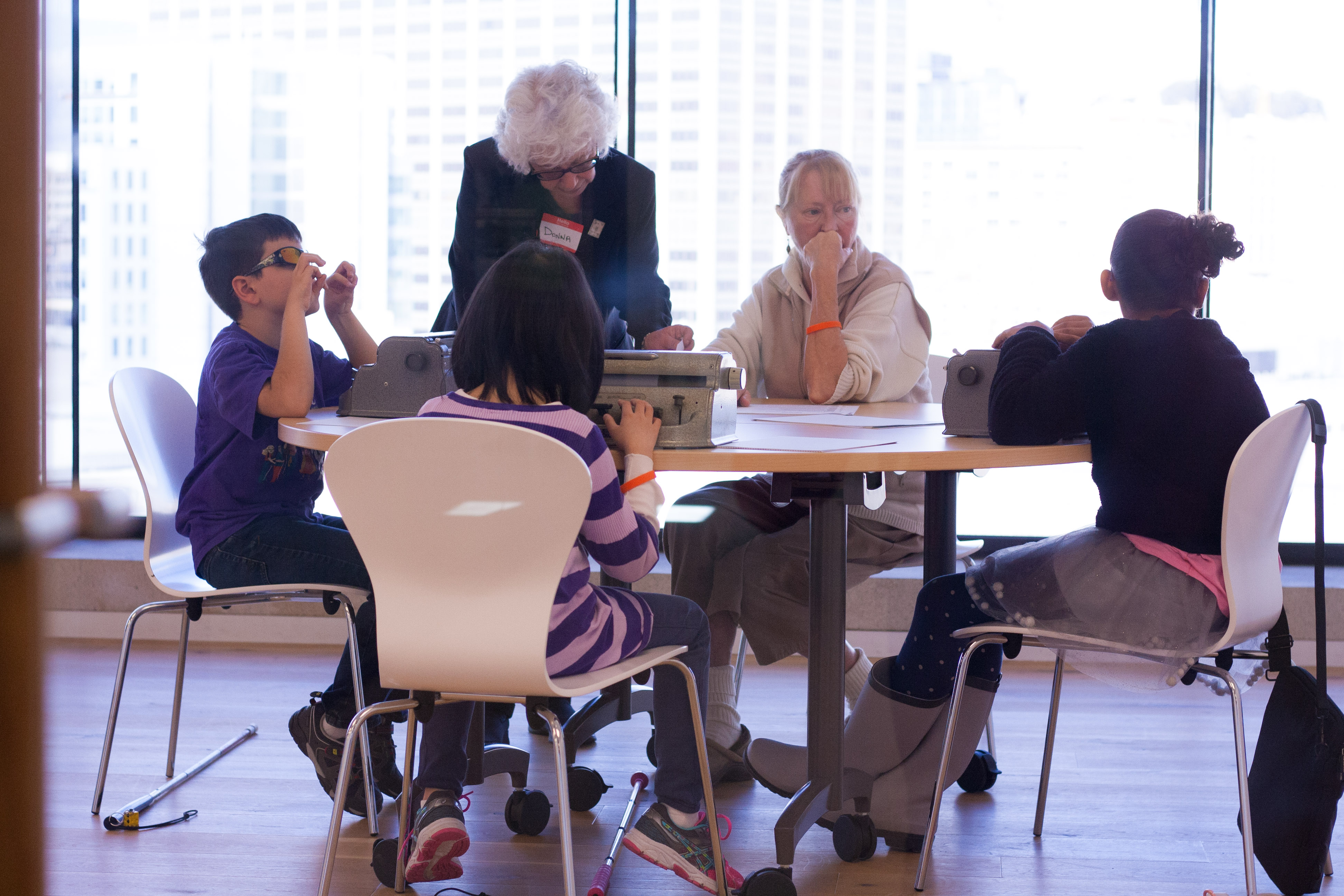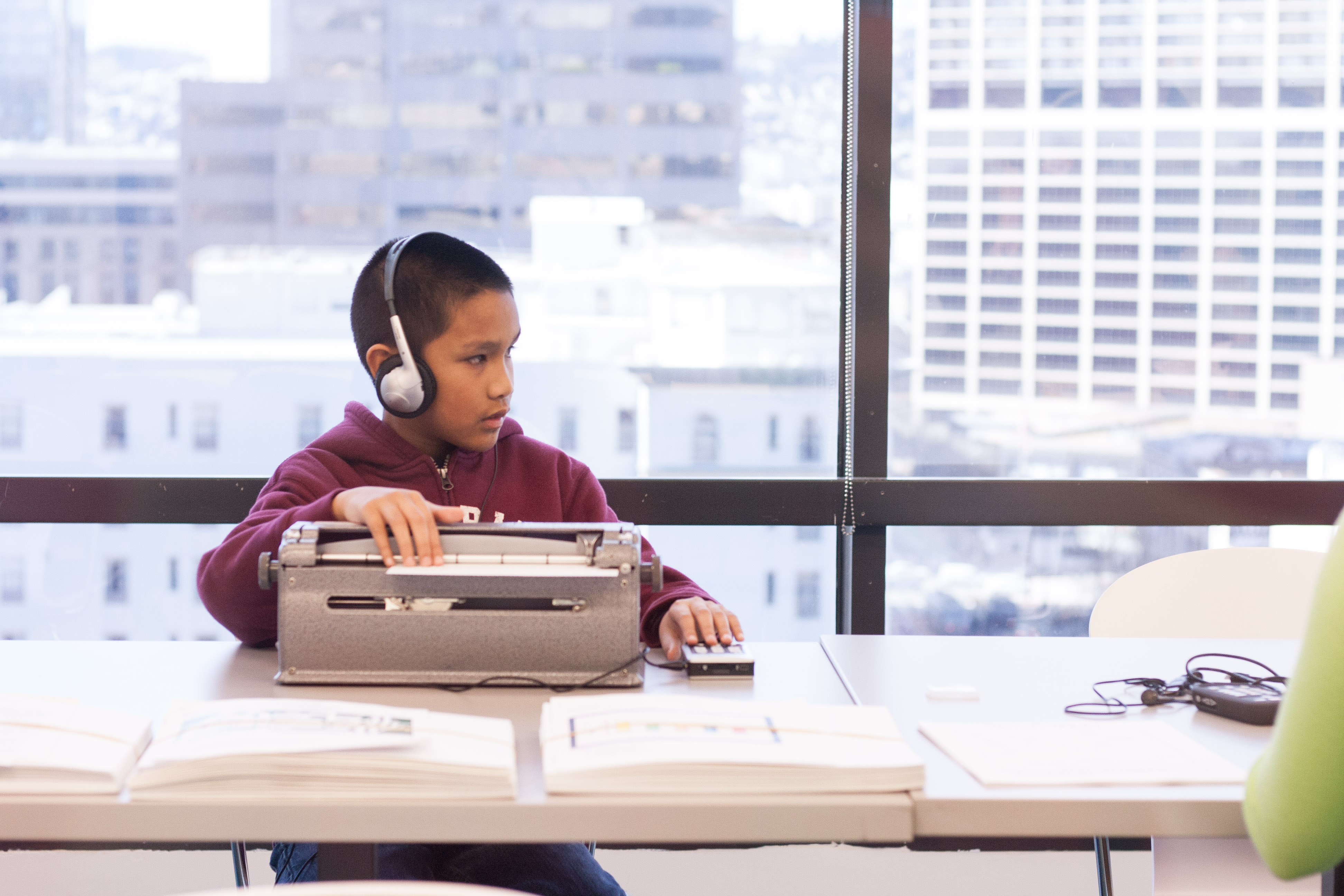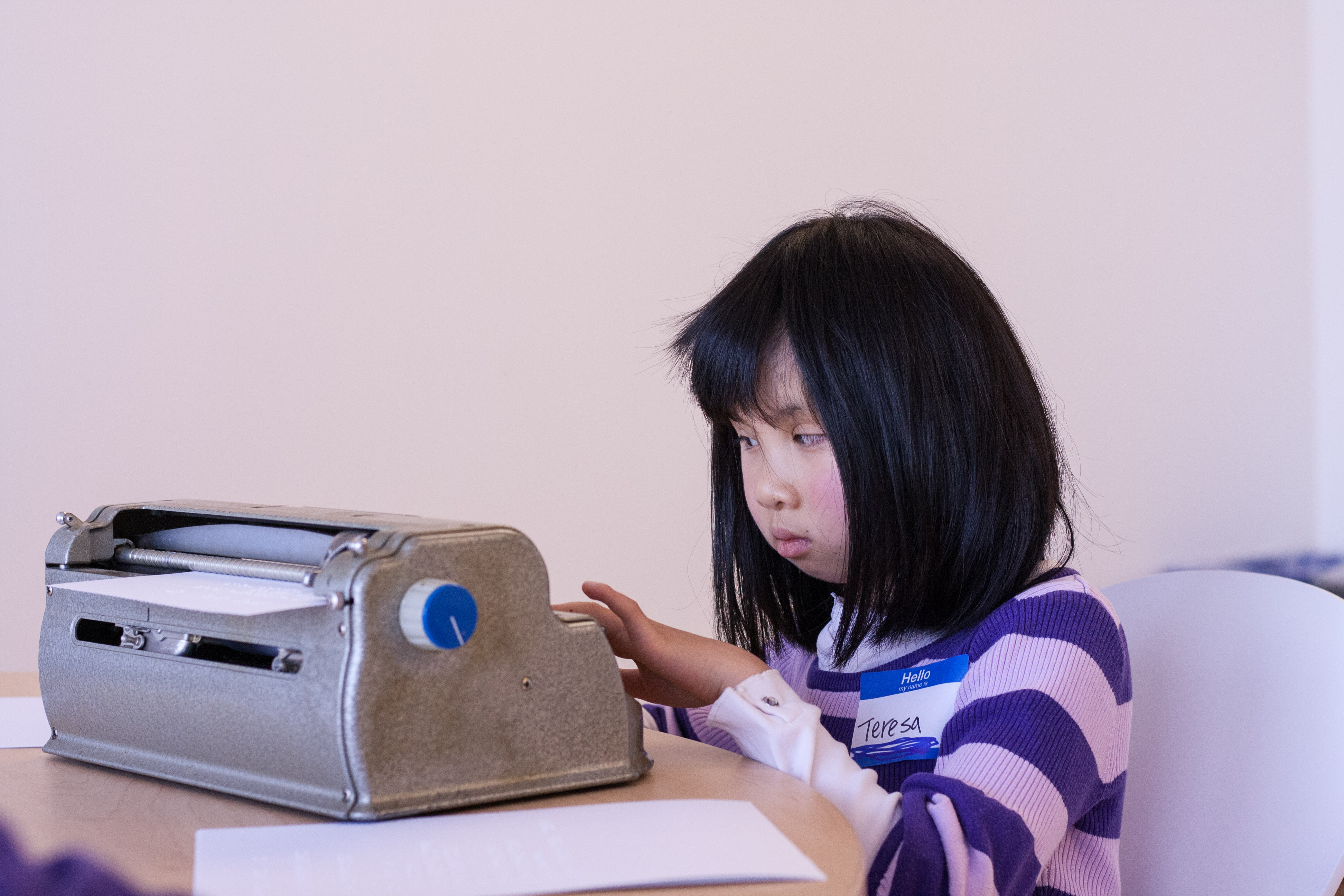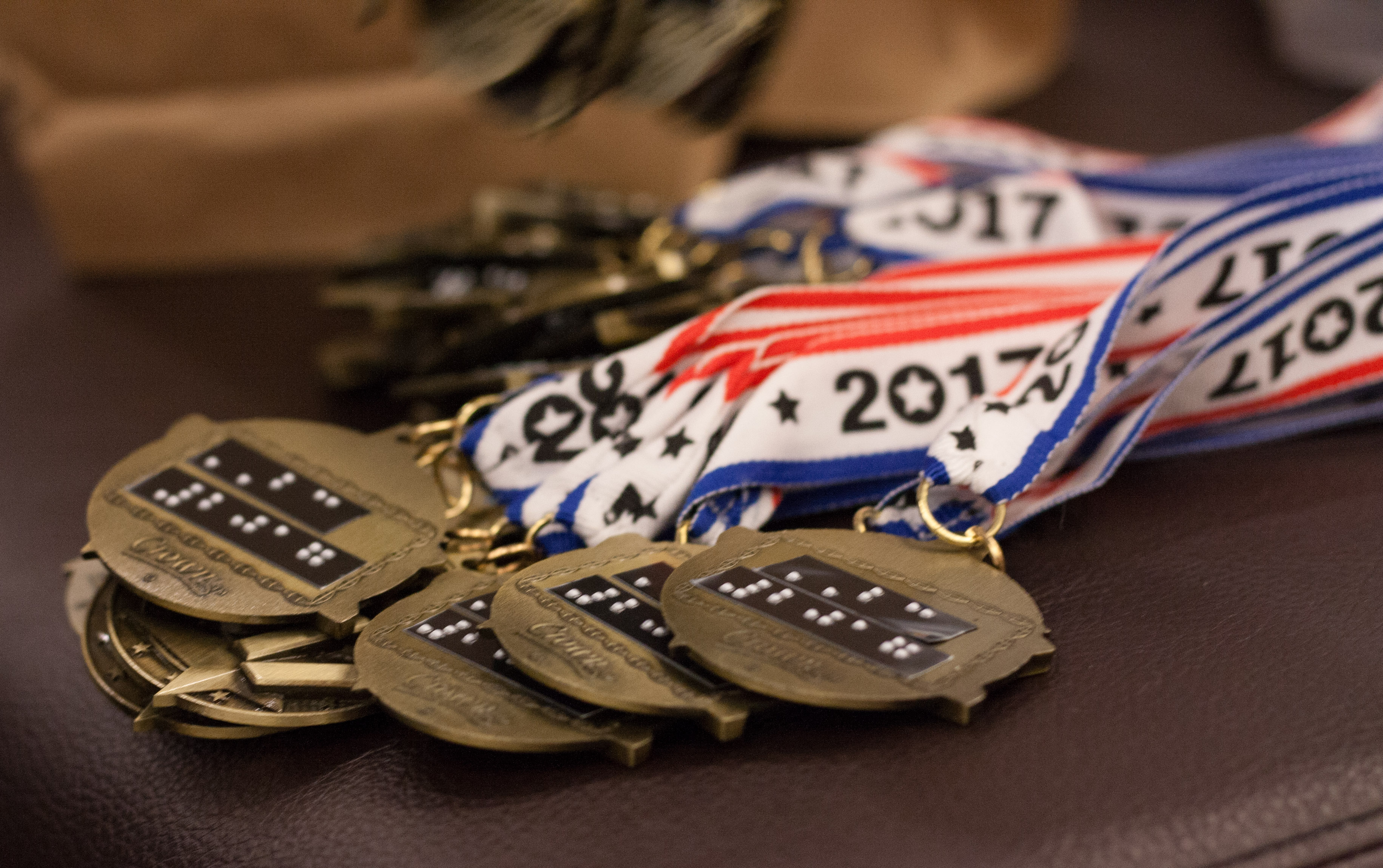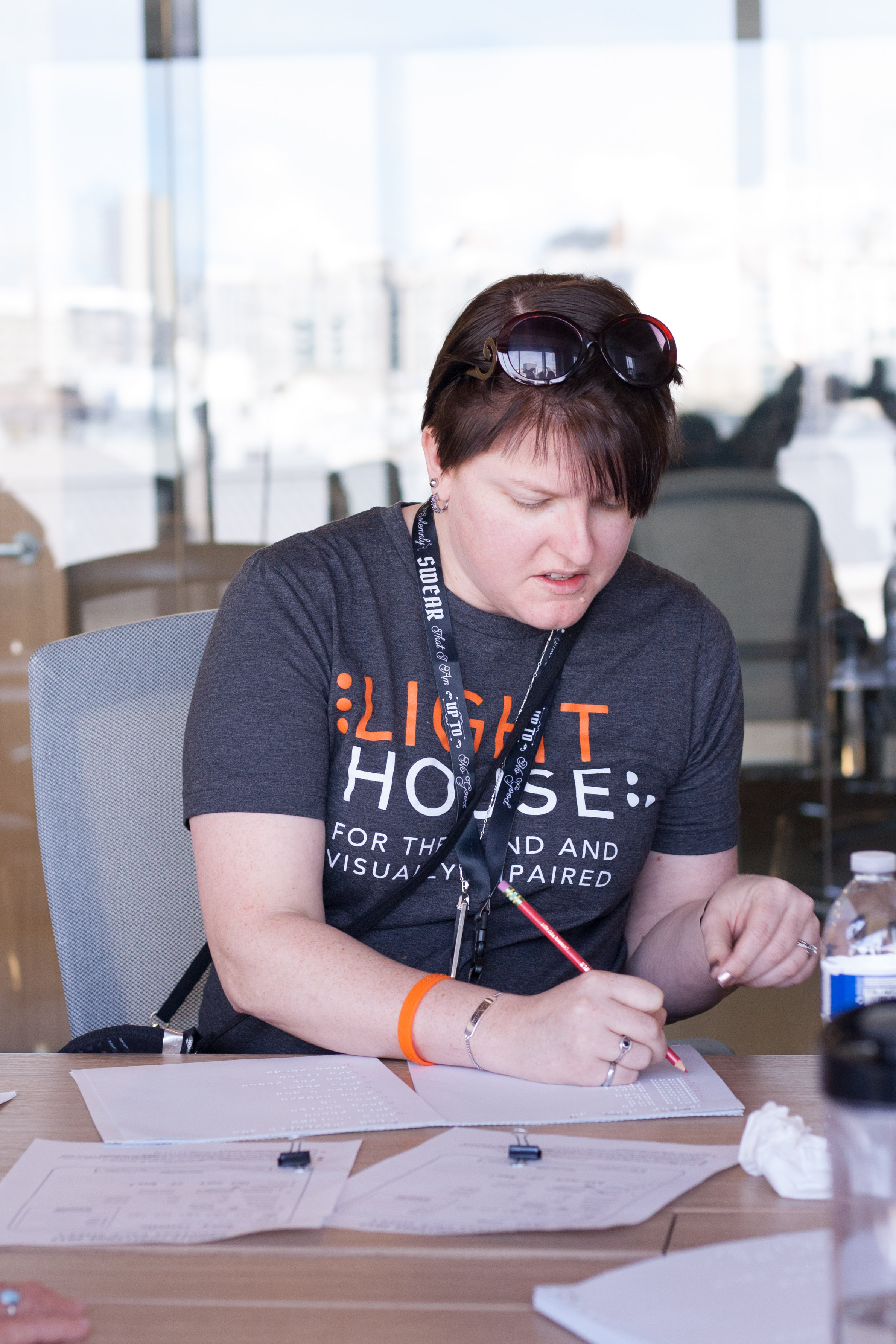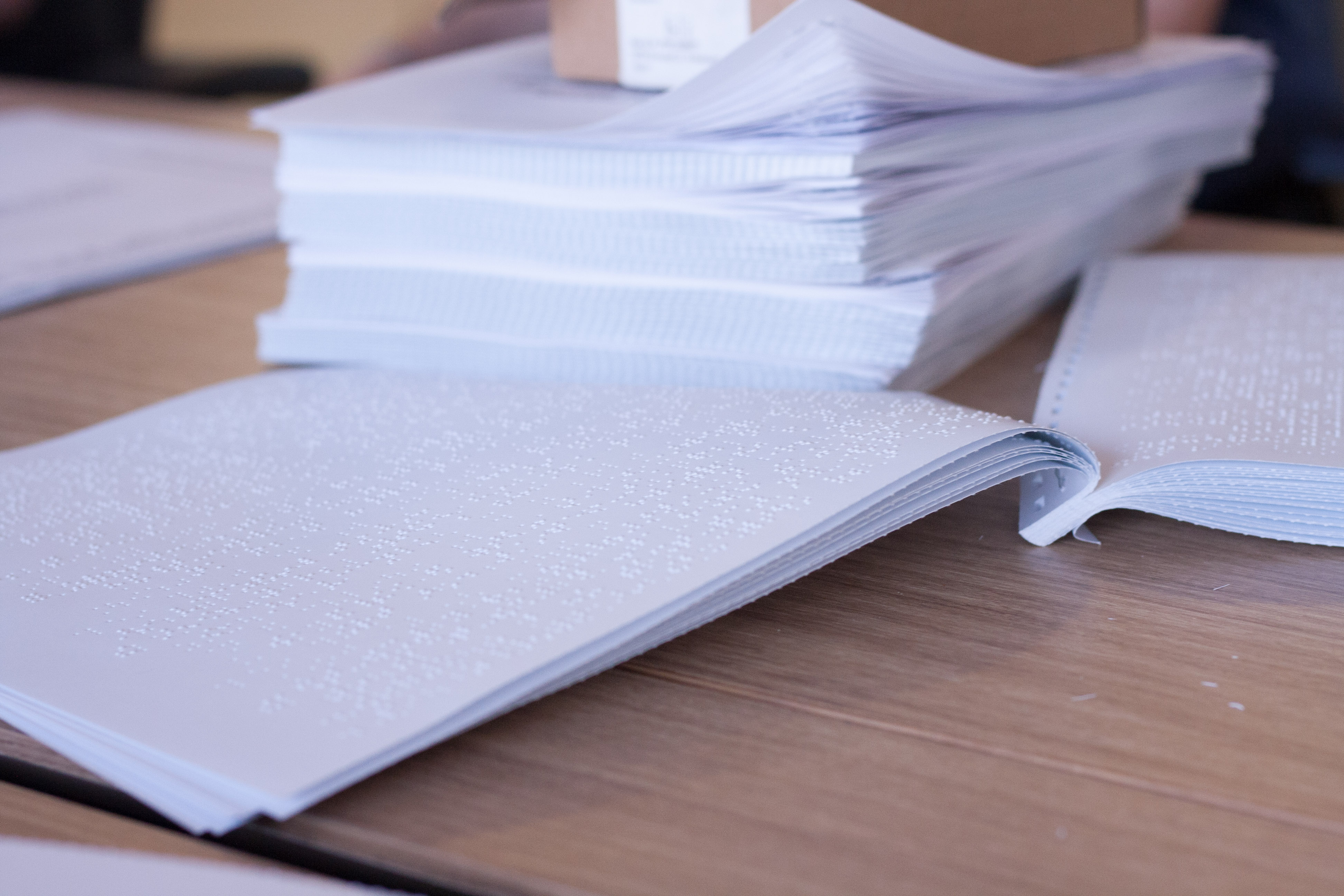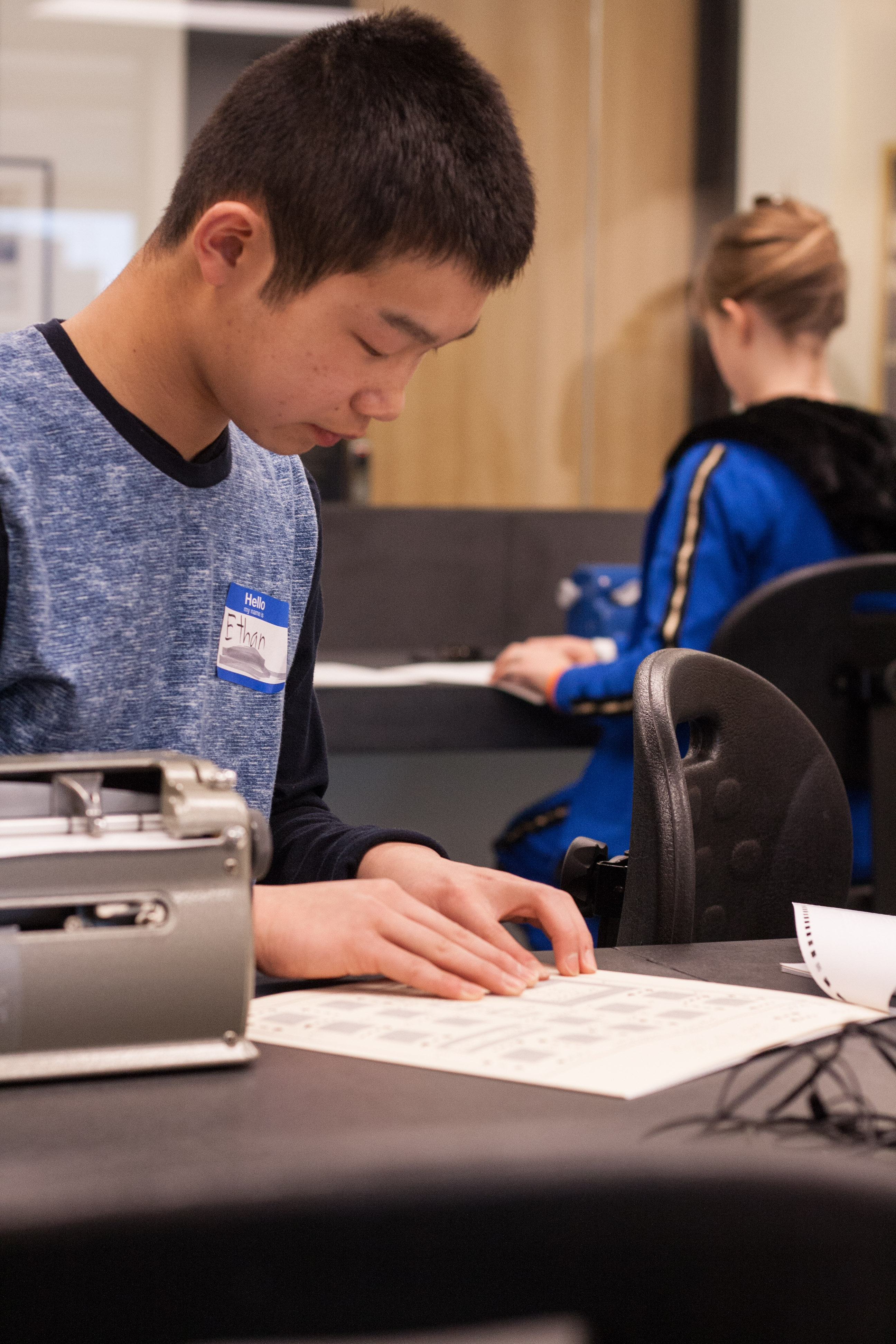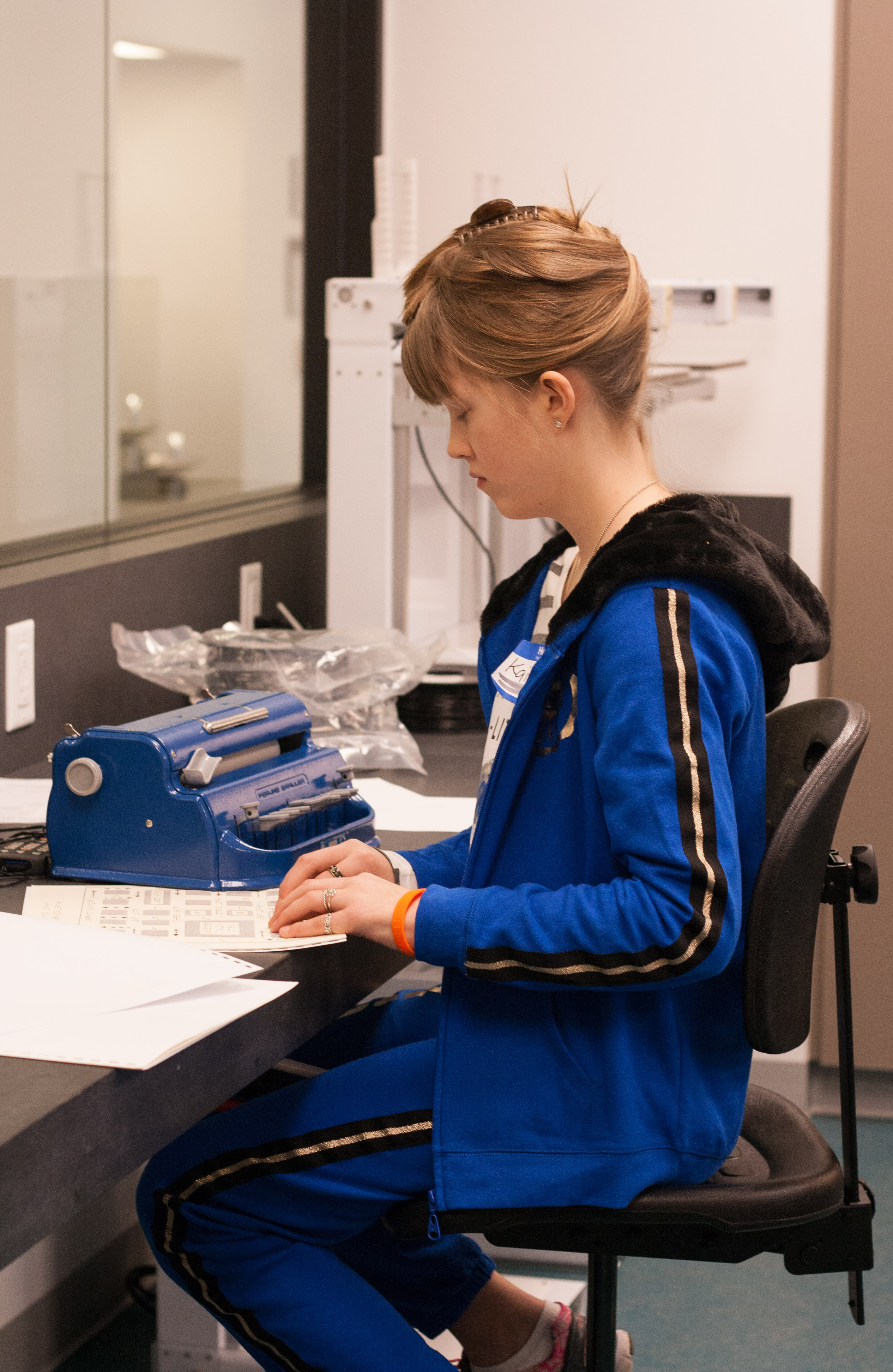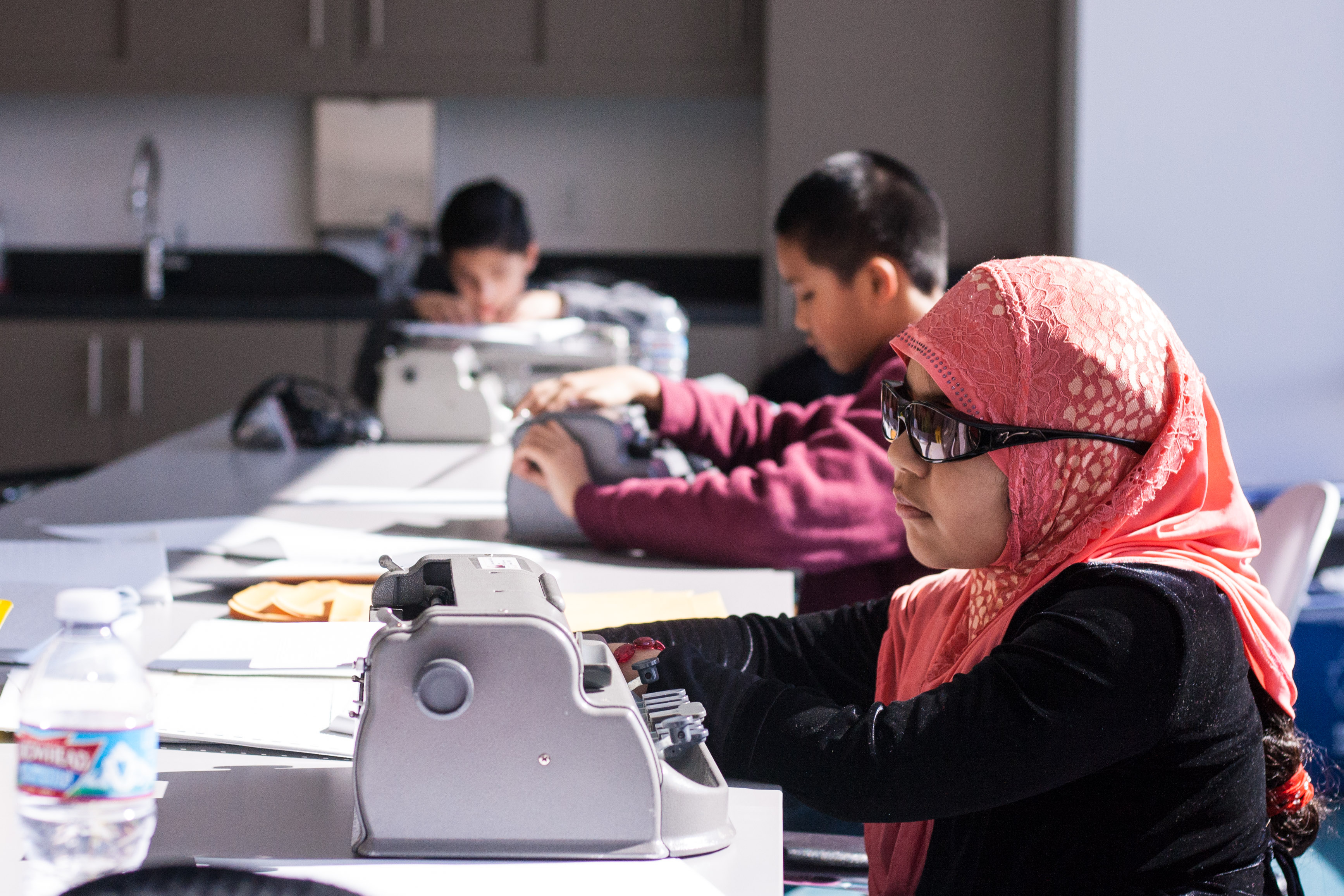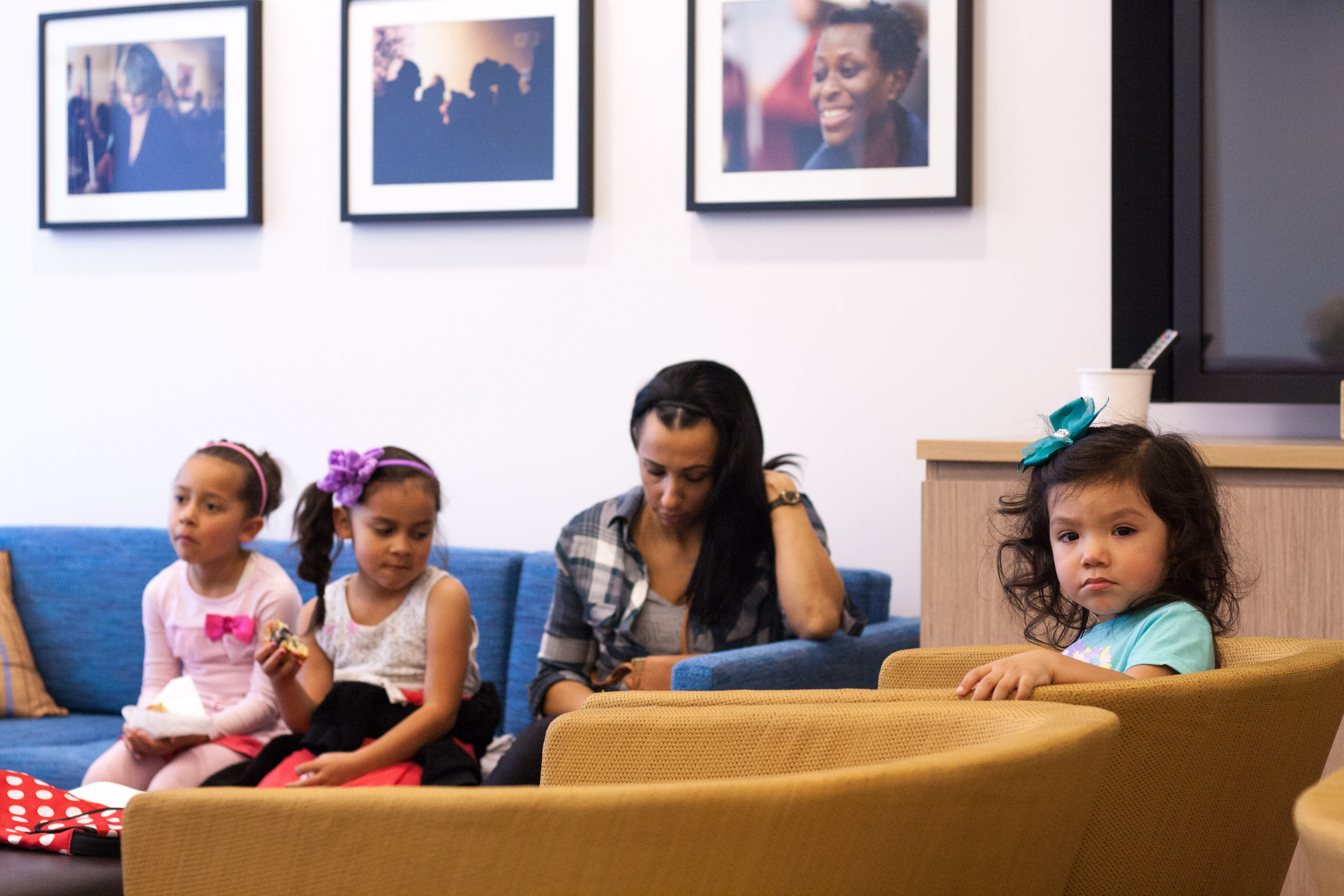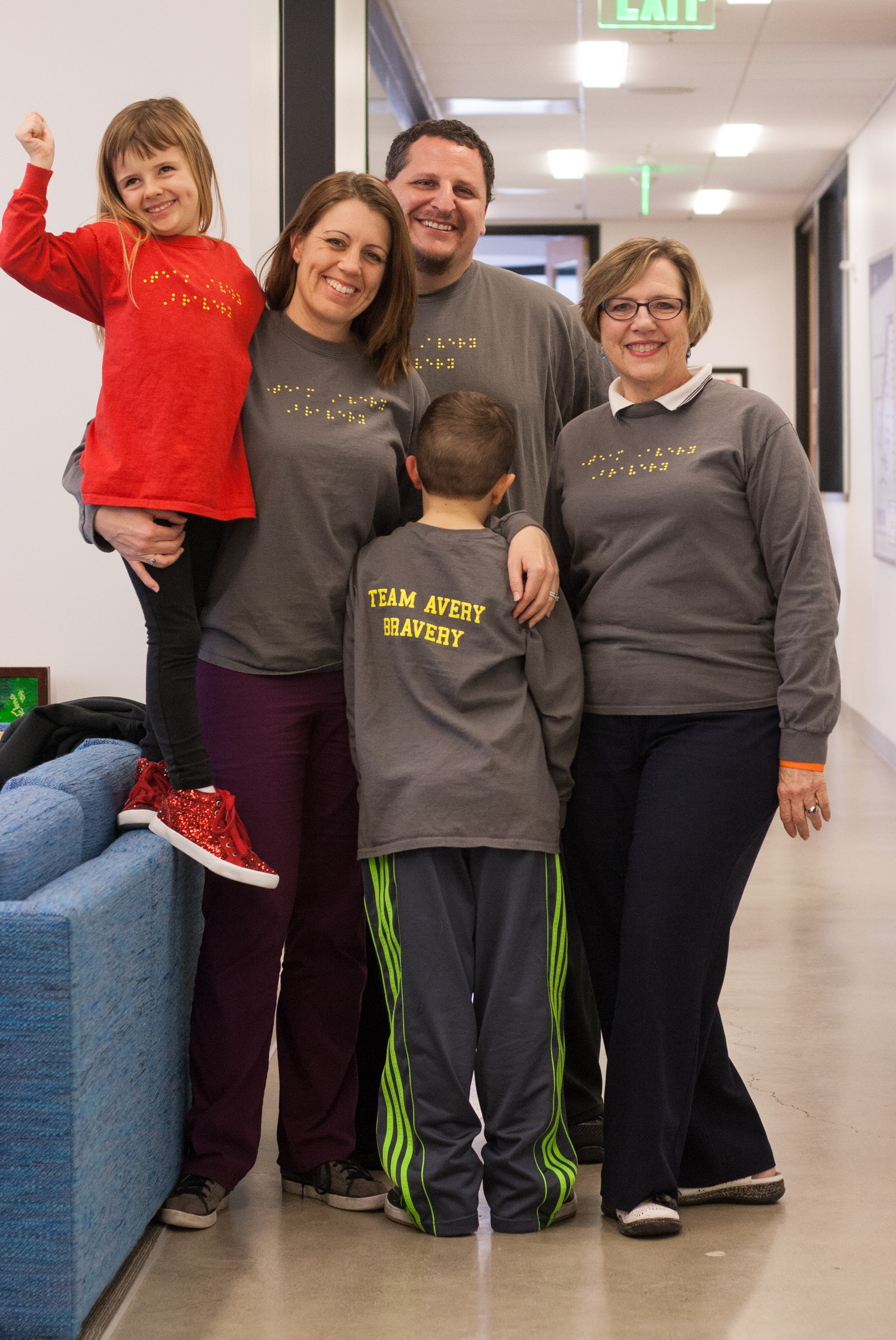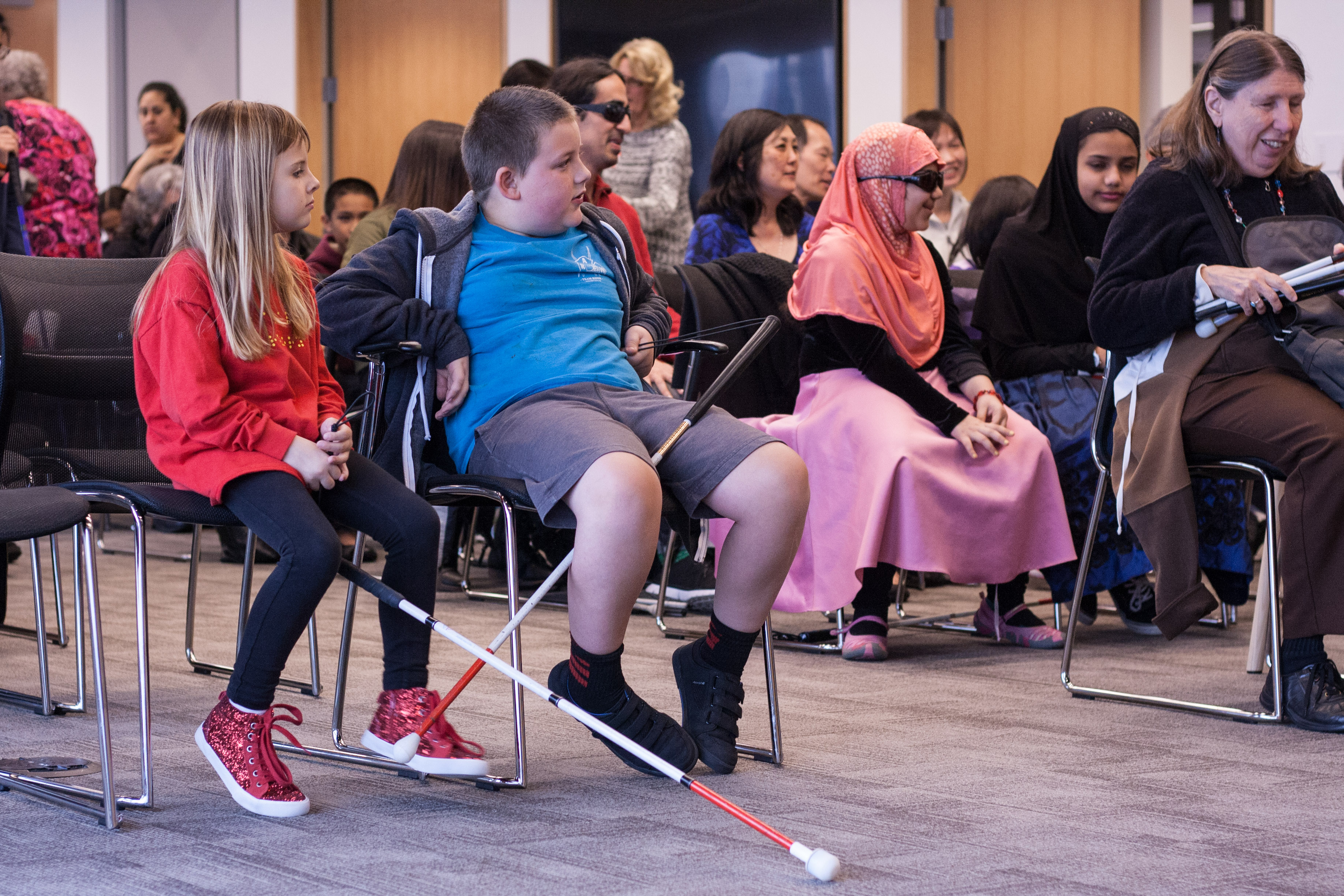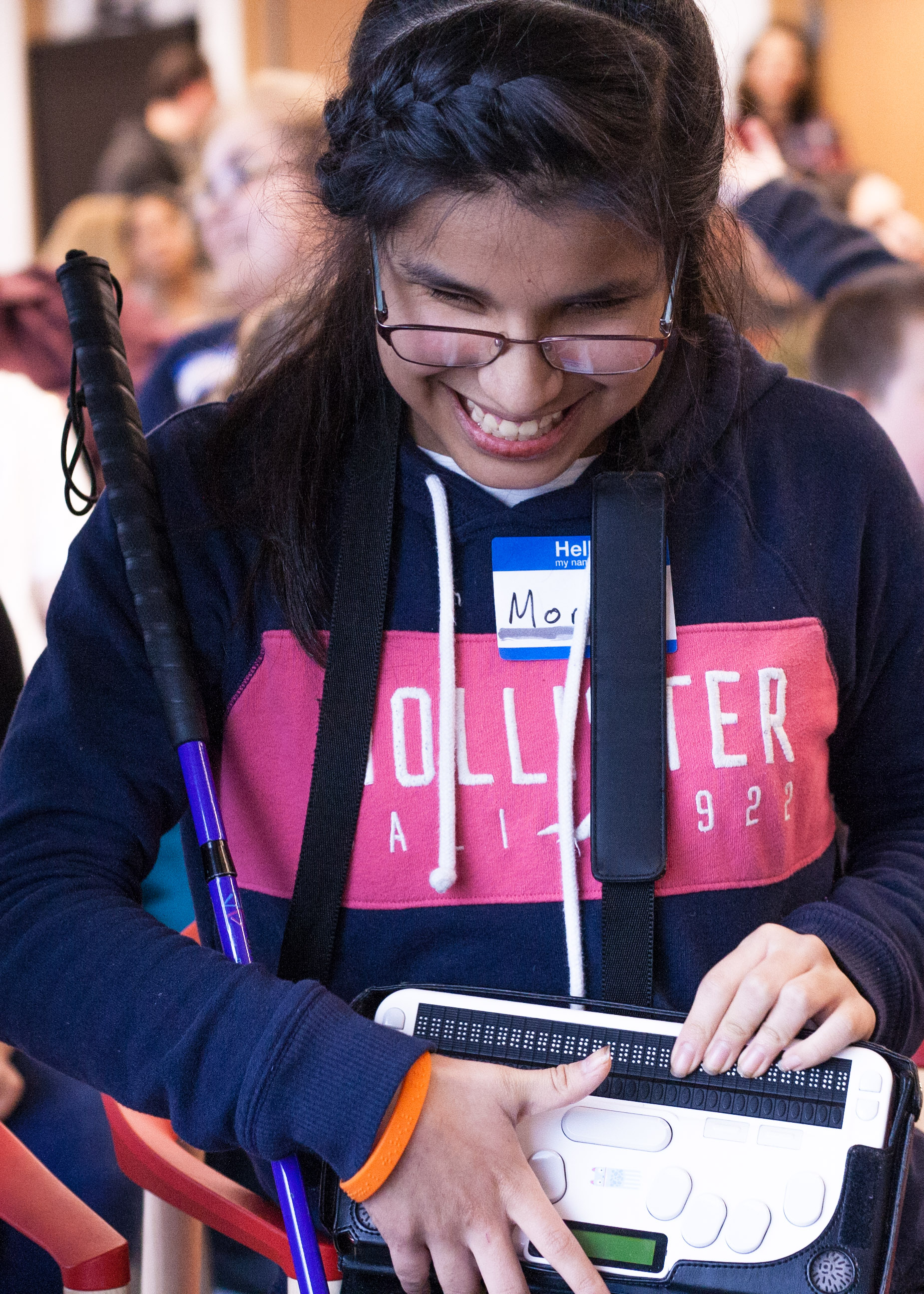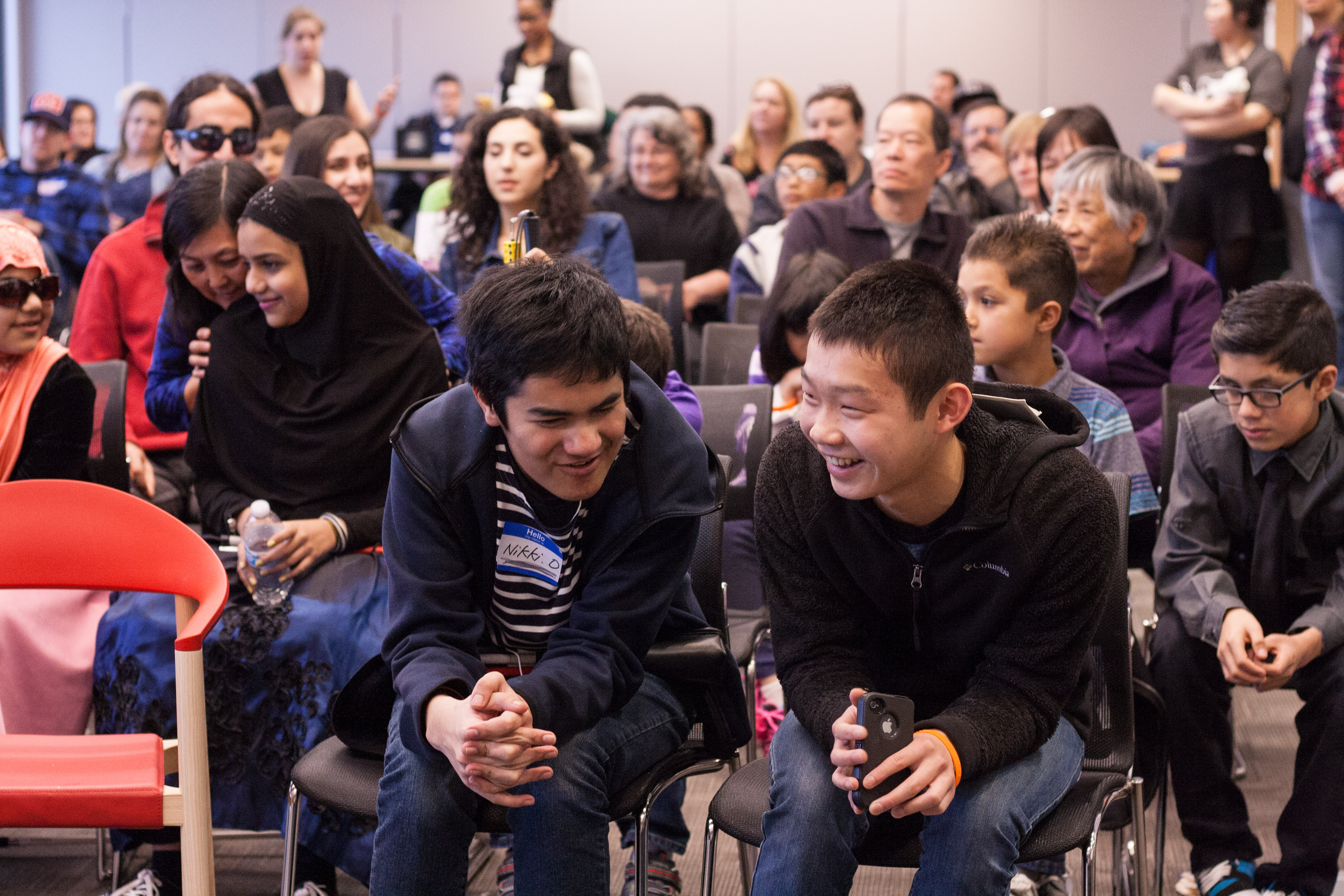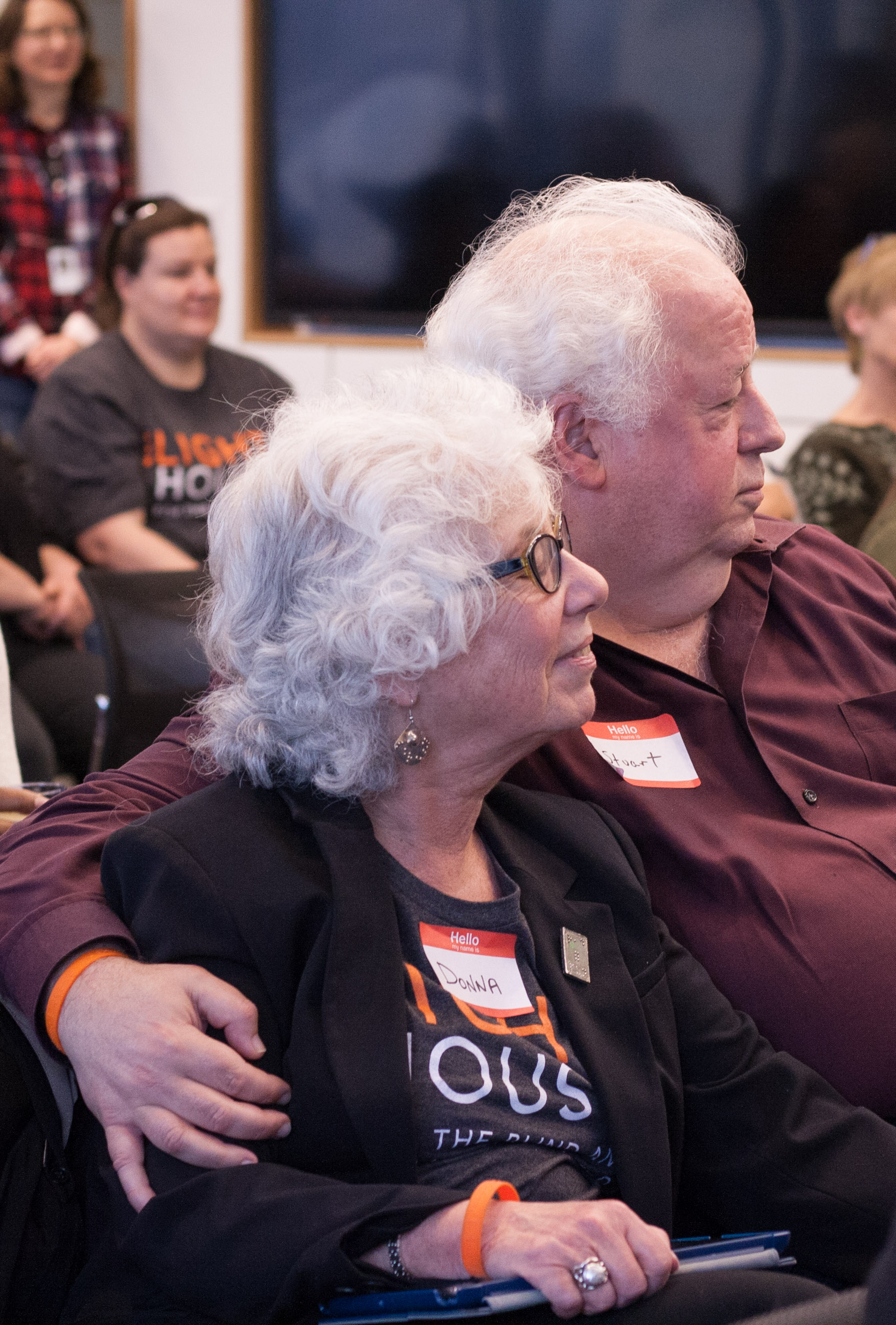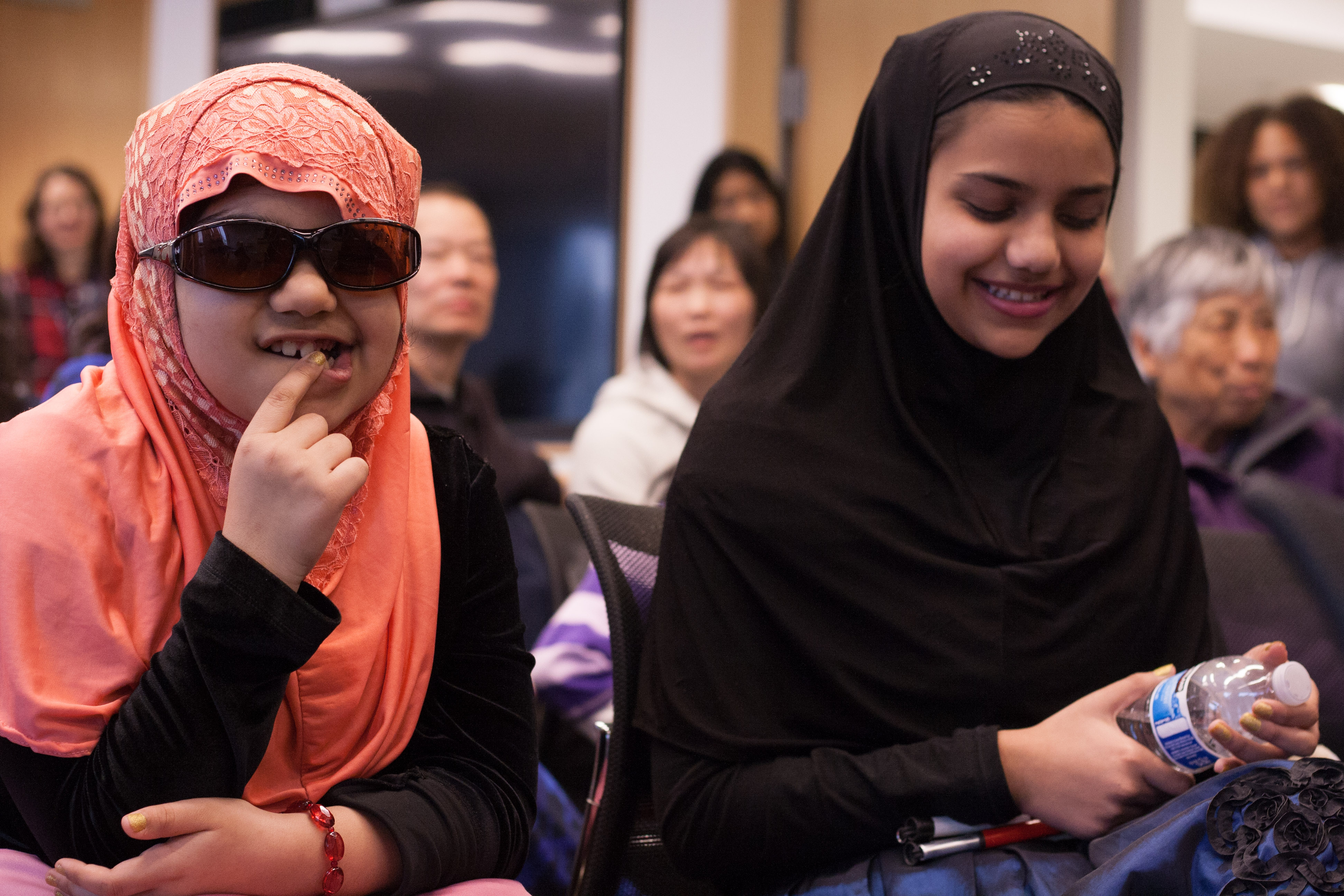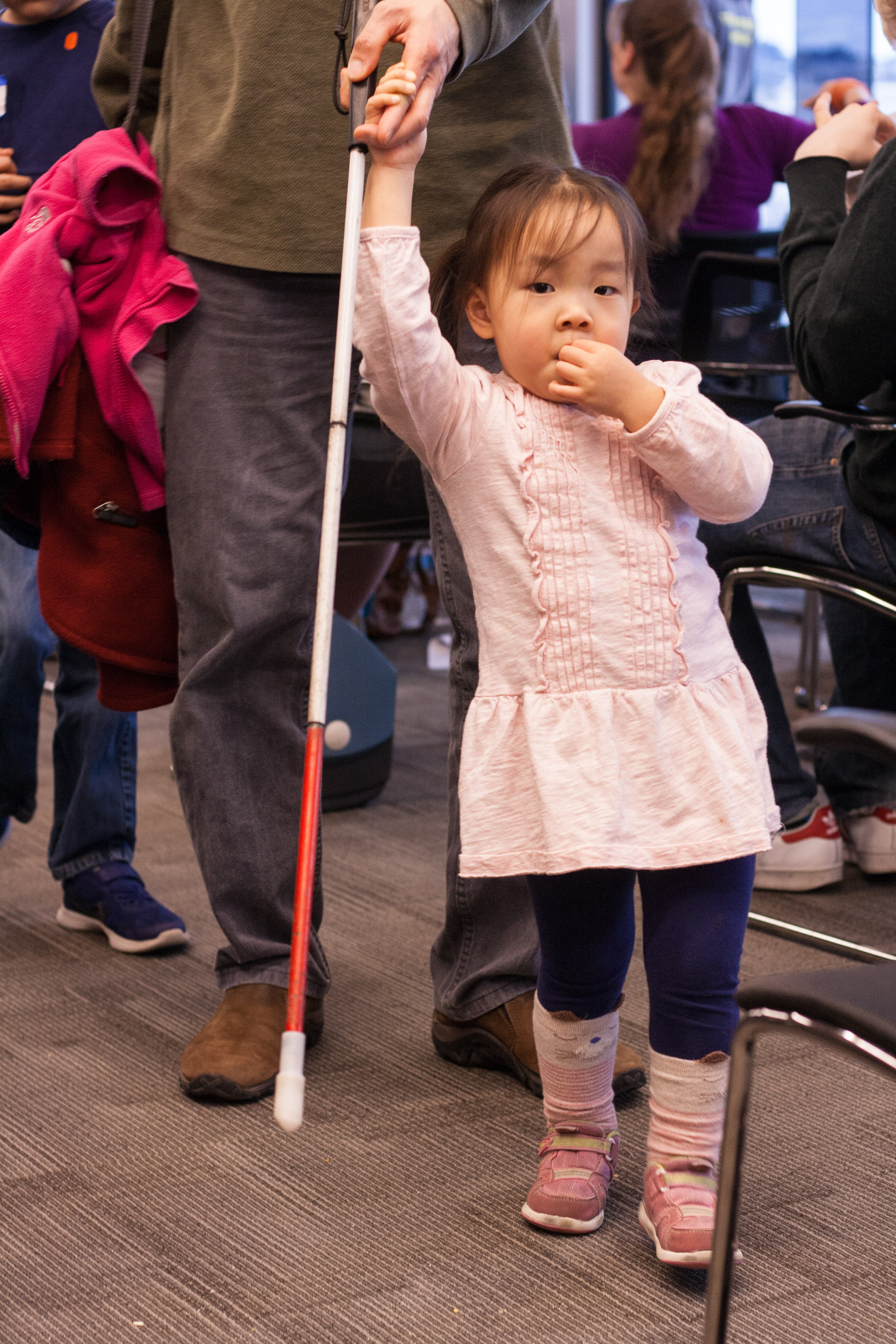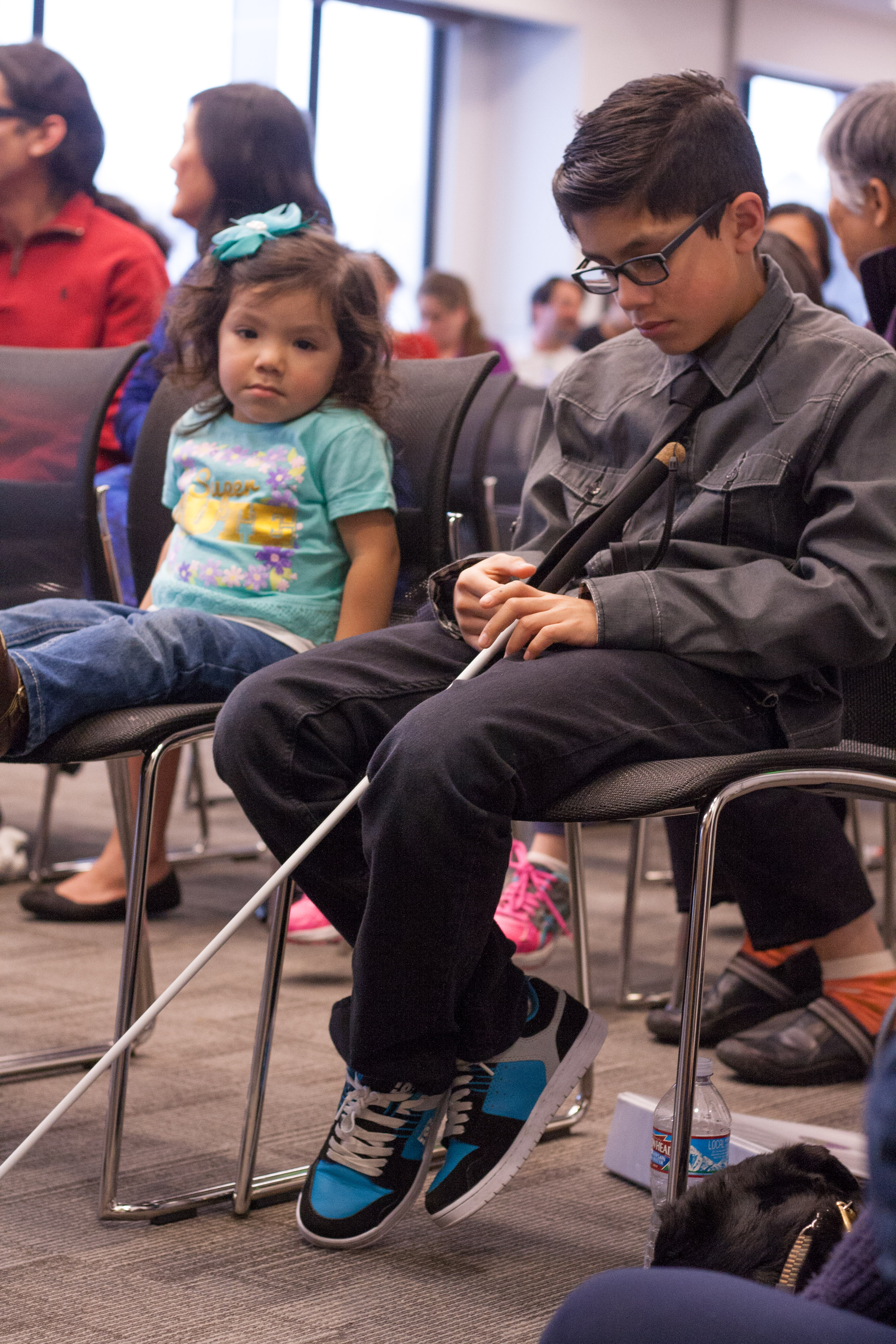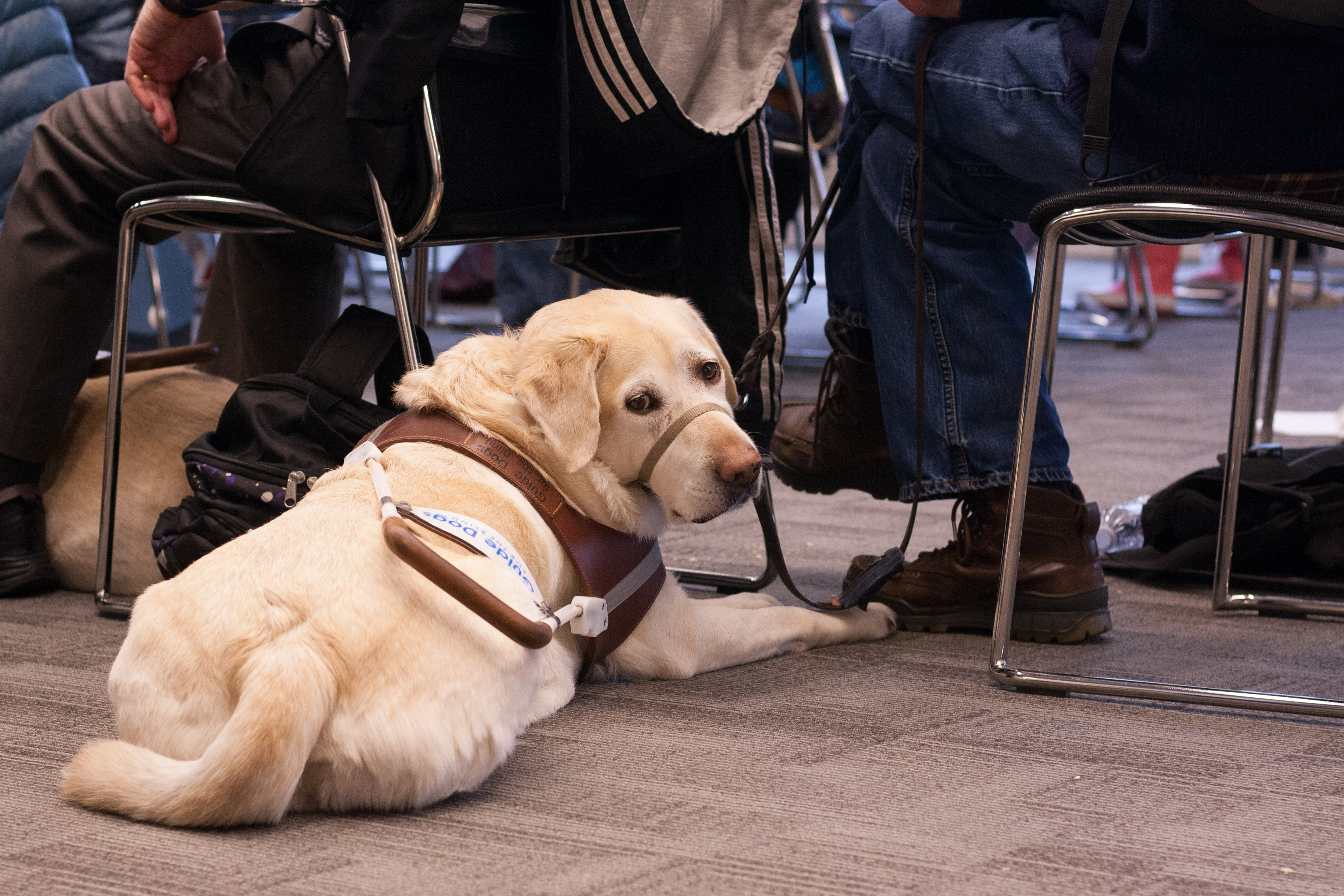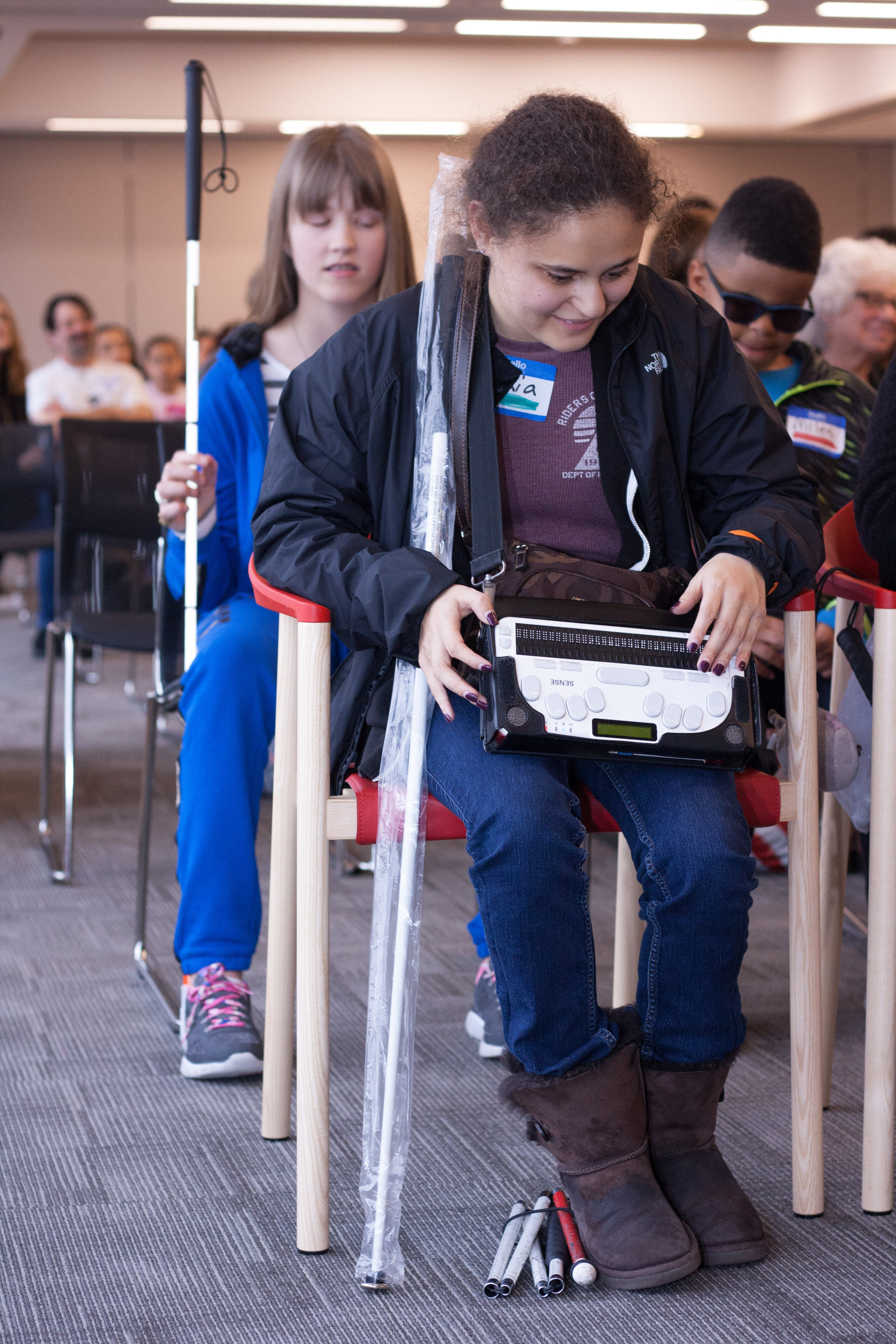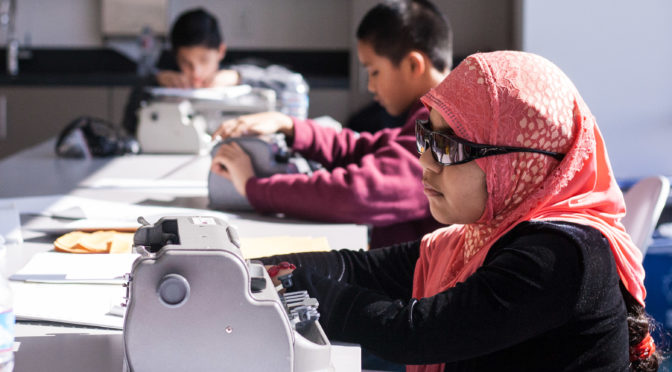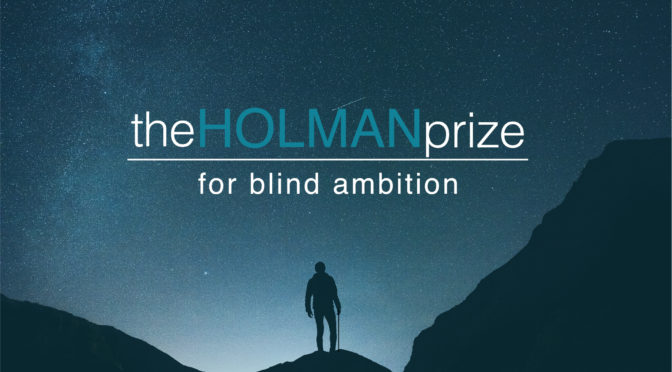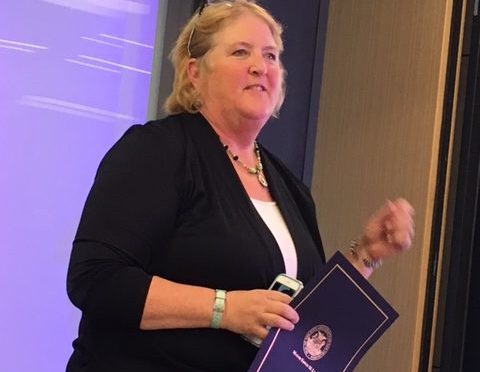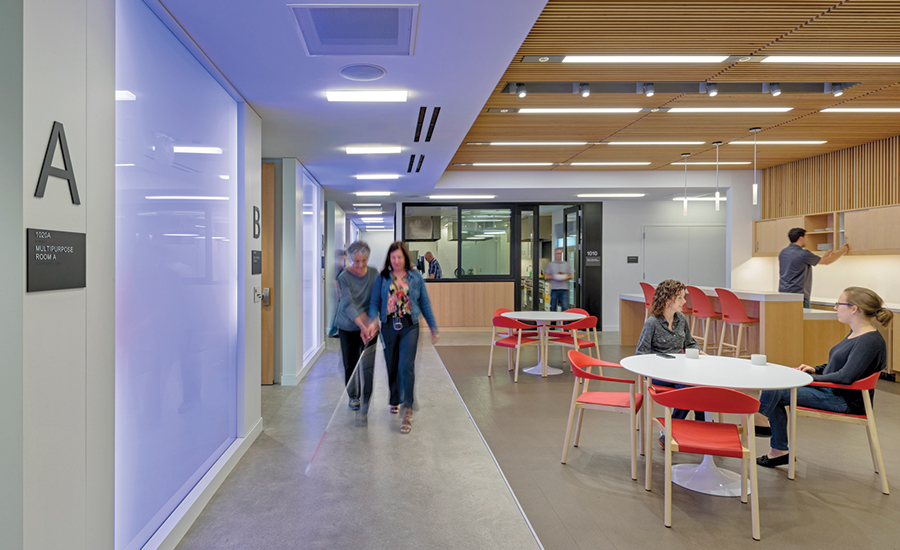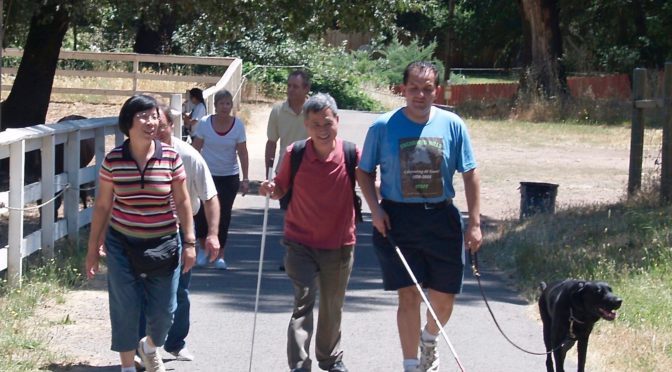“It’s easy to find Kathy; just follow her laugh,” Bryan Bashin, LightHouse’s CEO, jokes when reflecting on what makes Kathy Abrahamson, our Director of Rehabilitation Services, so special. Kathy’s laugh, which travels through our office like a whippoorwill’s song, is always a welcome greeting to her many admiring colleagues.
On October 6th, 2016, Kathy celebrated her 30-year anniversary at the LightHouse, making her both a veteran at our agency and a role model for blindness professionals across her field. Here at the LightHouse, we all gathered to applaud Kathy, as she was presented with a certificate of honor from the City of San Francisco.
Kathy’s journey at the LightHouse started in 1986, when she was hired as Recreation Coordinator at the LightHouse’s Western Addition location on Buchanan Street. Former board member Gil Johnson knew Kathy from several years as a camp counselor at Enchanted Hills, where she had already proven her abilities as a teacher. Gil tells us, “You know how it is with Kathy, once you meet her, you never forget her vibrancy and passion. When we had a position open up, I knew we needed to hire her.”
“Enchanted Hills Camp was a natural place for me to start because of my background in Therapeutic Recreation and my values of equal access to recreation and play – a perfect fit with the goals of Enchanted Hills Camp,” says Kathy. “Working as the Aquatics Area Leader drew on my strengths in teaching swimming and water aerobics. My years at Enchanted Hills Camp including being the Assistant Director; summer volunteer, then back to Director when I came to the LightHouse full time in 1986. Enchanted Hills has been a reoccurring theme for me and the team I work with in providing training and connection to community.”
“She has such enthusiasm for helping people,” Gil Johnson continues. “She also has a positive view of people. Kathy makes everyone feel welcome, important, valuable, and worthy of living the life they dream about living.”
Anita Aaron, LightHouse’s Executive Director from 1990 to 2010, tells us: “Kathy is committed to good leadership and stewardship. She never loses track of the fact that the mission of the LightHouse is to serve people experiencing vision loss and other disabilities.” Kathy had been at LightHouse for four years prior to Anita becoming the Executive Director. Kathy’s laugh made an impression on Anita, too. “I used Kathy’s wonderful, infectious laugh to orient myself when at EHC or LightHouse,” she says. “I’d stand still for a moment wondering where she was, and as expected, I’d hear that laugh. Like a beacon, I’d head towards it.”
Kathy is used to being known for her laugh. “I have been fortunate to work with students and colleagues who find pure enjoyment in their success and work,” she says. “Humor is a connector.”
Over the years, Kathy has influenced the very ethos of LightHouse’s mission to effectuate the equality and self-reliance of people who are blind or visually impaired. Anita notes, “Over the years Kathy has been a camp counselor, taken groups of individuals who are blind on every kind of trip imaginable, coordinated camp sessions for individuals who were both deaf and visually impaired, planned and directed job development and placement programs at the LightHouse funded by DOR, and assisted in the design of two new locations for the LightHouse.” Though Kathy maintains that all of her successful projects were collaborations with others, it’s nonetheless clear how many lives she has affected.
Kathy has been involved with the development of dozens of programs at LightHouse, something she could never have done without the amazing team of teachers we have assembled at the LightHouse. Some of those programs included: Access to the Environment, providing a Guide and a Ride to hiking, camping and travel, bay area wide training in Fairfield, Dixon and Santa Rosa in the mid 90’s, an evolution of Cohort style classroom training for persons who are blind and low vision, introducing adults new to blindness and the possibilities of independence and meeting peers (now called Changing Vision, Changing Lives immersion training).
As the needs in blindness changed, Kathy helped ensure that evolving needs were met. She was part of the team that provided acceptance, support and training to San Franciscans who were losing vision due to HIV/AIDS. In the early ‘90s the LightHouse and the Resnick Center were both supporting a need that was not being addressed. With the merge of LightHouse and the Resnick Center in 1993, Kathy and her team developed a comprehensive blindness-centered response to HIV/AIDS, securing funding from the City of San Francisco to ensure timely and compassionate access to emotional support and training in orientation and mobility and independent living skills.
As a zealous problem solver, Kathy continued to lead the LightHouse down paths few agencies are willing or able to travel. In 1992, Kathy re-started a deaf-blind program that had been strong (especially at Enchanted Hills Camp), in the early ‘80s. Through collaboration with the Helen Keller National Center, the LightHouse became an Affiliate which enabled us to reach a small segment of our community, one that often finds it incredibly difficult to receive the specialized services they require, namely dual access methods that consider both deafness and blindness. With Kathy’s guidance and the support of Deaf-Blind Specialist Sook Hee Choi, our deaf-blind program has grown to cover the entire state of California, providing Californians who are deaf-blind with communications technology that keeps them connected to their communities. “Never did I think that a basic sign language connection during my first summer at Enchanted Hills camp would provide me the opportunity to not only improve my ASL, but more importantly, work with forward thinking colleagues, most of whom are deaf, to develop such a program,” says Kathy. Today, that program has grown into a $1 million operation giving deaf-blind Californians free access equipment and technology training.
“Kathy may be our biggest ally in trying to establish additional deaf-blind services on this coast, from statewide Support Service Provider (SSP) services to residential training,” said Cathy Kirscher, Hellen Keller National Center regional representative for California, who awarded Kathy the 2015 National Robert J. Smithdas Deaf-blind Advocacy Award.
In addition to starting the deaf-blind program, Kathy is proud of being a being a part of the team that is responsible for collaborating with Dr. Robert Greer and the UC Berkeley Low Vision Clinic over ten years ago, which continues now under the direction of Dr. Marlena Chu in San Francisco. This collaboration established a connection between low vision and acquisition of essential blindness and low vision training. In 1999, Kathy spearheaded the the LightHouse Older Individuals Who Are Blind Program, a program funded by the California State Department of Rehabilitation. Some of the initial funding established our San Rafael, Berkeley and Eureka offices. “Kathy put her whole heart into establishing LightHouse satellites because she knew we could reach more people who need our services,” says Gil. “Because of her hard efforts, we are able to serve people in Humboldt, Del Norte, Solano County and other far-flung and rural areas where few services exist.”
Kathy has also spearheaded an increase in our services to the Spanish-speaking blind community. Since the program’s beginning, it has adapted to meet the needs of persons 55 and older who are new to blindness and low vision. “While I am so proud of the work I have been involved in at the LightHouse, seeing the OIB program flourish, and seeing our team connect older students to continued independence (especially during the beginning of this century with increased numbers of persons with Age-Related Macular Degeneration) has been truly satisfying,” says Kathy. ” While the OIB program continues in San Francisco, Marin, Humboldt and Del Norte counties, the increased services to Alameda county will make a difference in connecting with new students.”
In recent years, Kathy and her team conceived our impactful “Changing Vision Changing Lives” (CVCL) blindness skills immersion program when she noticed a gap in services. “If you need to learn blindness skills you have two options: 1) you can take classes here and there in one-hour increments, or 2) you can steal away to a blindness skills center for many months and learn everything at once,” she says. “For some people, option one isn’t the right fit because it can take many months to learn several basic blindness skills. Similarly, option two is wonderful if you have the time and resources, but many people can’t put their life and family’s life on hold for several months.”
‘Changing Vision Changing Lives’ is a one week overnight intensive blindness skills training session with the goal of rapidly teaching people the critical skills they need to be safe, be confident, and develop their independence. Learn more about our Nov/December Changing Visions Changing Lives classes here. At CVCL, Kathy has ensured instruction in the skills people could learn in a supportive and professional environment: from receiving mobility training upon arrival to effectively operating an iPhone.
Kathy has made an enormous and lasting impact in the blindness community, especially in California, which is why it’s of little surprise to us that San Francisco’s Mayor Ed Lee, on behalf of the City and County of San Francisco, recognized Kathy with a Certificate of Honor “for a distinguished thirty year career as a skills teacher and Director of Rehabilitation Services.” We all agree with Gil when he says, “The best decision I ever made was hiring Kathy.” And Tony Fletcher, Director of Enchanted Hills Camp, tells us: “In many ways, when the community comments about the display of teamwork, passion and humor that our staff demonstrates in our services, I think of Kathy setting that tone for all of us.”
Kathy, from all of us at the LightHouse, thank you for your constant dedication to serving others, and for always reminding us to share a hearty, knee-slapping laugh, every chance we get.




